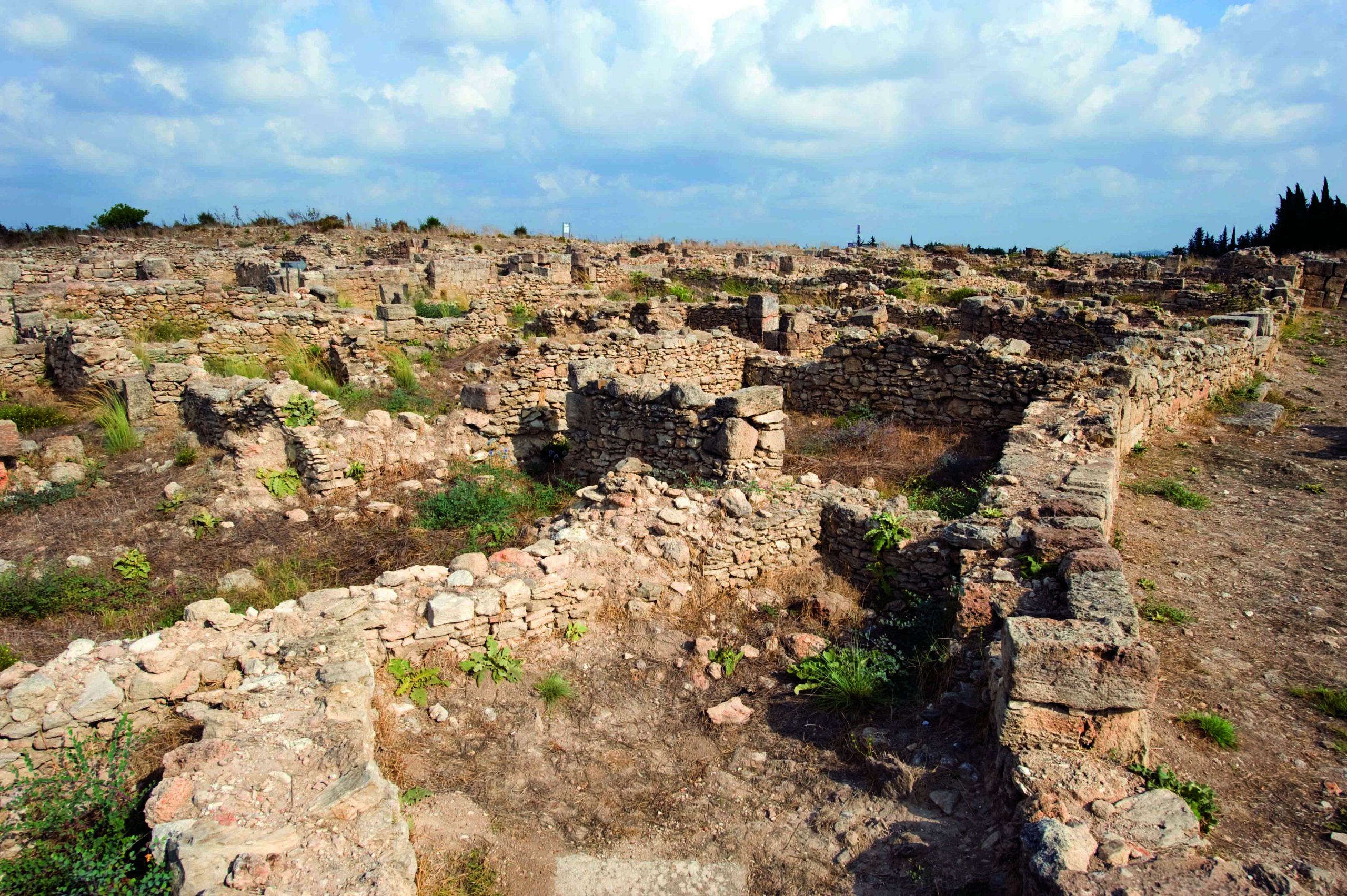FLORENCE, ITALY—Live Science reports that a team of researchers from the University of Florence and the Max Planck Institute for Evolutionary Anthropology examined DNA samples collected from the remains of 82 people unearthed at 12 archaeological sites in central and southern Italy. The remains ranged in age from 1,000 to 2,800 years old. The scientists then compared the DNA with samples from other groups of ancient and modern people, and found that the Etruscans, who spoke a non-Indo-European language, had a genetic profile similar to that of their Latin-speaking neighbors. David Caramelli of the University of Florence said the study challenges the assumption that people with similar genes spoke similar languages. Both groups are thought to have come to the Italian peninsula from the Pontic-Caspian steppe during the Bronze Age, with the early Etruscans settling in northern and eastern Italy, and dominating central Italy by the seventh century B.C. But by the third century B.C., the Roman Republic gained control, and assimilated the Etruscans by 90 B.C. The researchers plan to examine DNA from other areas of the Roman Empire to continue their search for the origins of the Etruscans and their language. To read about a stela inscribed in Etruscan, go to "Etruscan Code Uncracked."
Genetic Study Offers Clues to the Origins of the Etruscans
News September 28, 2021
SHARE:
Recommended Articles
Digs & Discoveries March/April 2025
Pompeii Friend Group

Araldo de Luca
Digs & Discoveries March/April 2025
Nabataeans Abroad
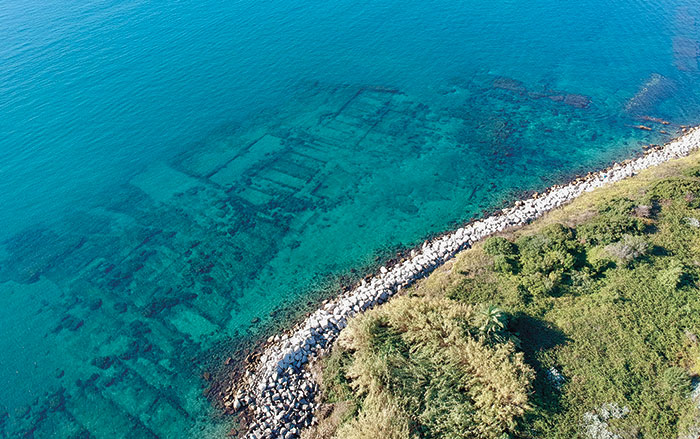
Michele Stefanile
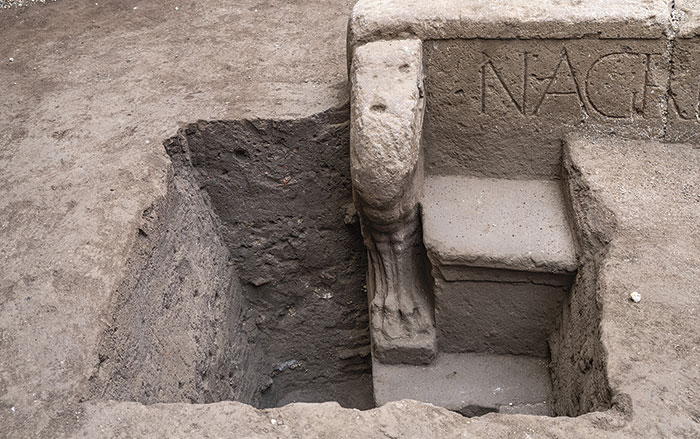
Courtesy Soprintendenza Archeologica di Pompei
Artifacts July/August 2024
Etruscan Oil Lamp
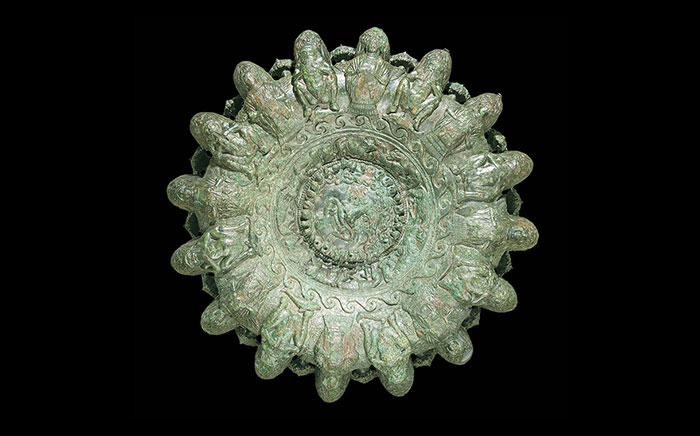
(Courtesy Museo dell’Accademia Etrusca e della Città di Cortona; © DeA Picture Library/Art Resource, NY)
-
Features July/August 2021
Autobiography of a Maya Ambassador
A grand monument and a humble burial chronicle the changing fortunes of a career diplomat
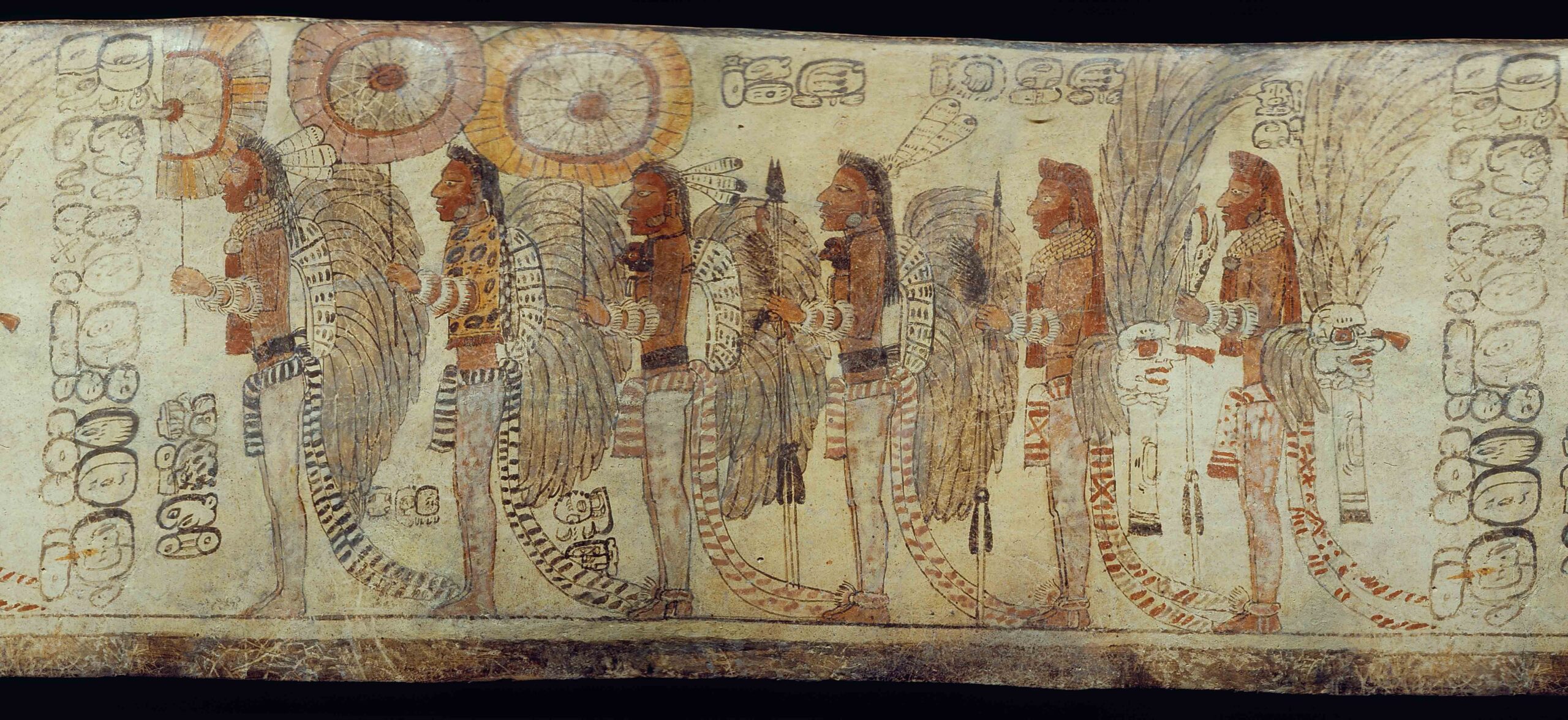 (Justin Kerr, K-5763, Justin Kerr Maya Vase Archive, Dumbarton Oaks, Trustees for Harvard University, Washington, D.C.)
(Justin Kerr, K-5763, Justin Kerr Maya Vase Archive, Dumbarton Oaks, Trustees for Harvard University, Washington, D.C.) -
Letter from Alaska July/August 2021
The Cold Winds of War
A little-known World War II campaign in the Aleutian Islands left behind an undisturbed battlefield strewn with weapons and materiel
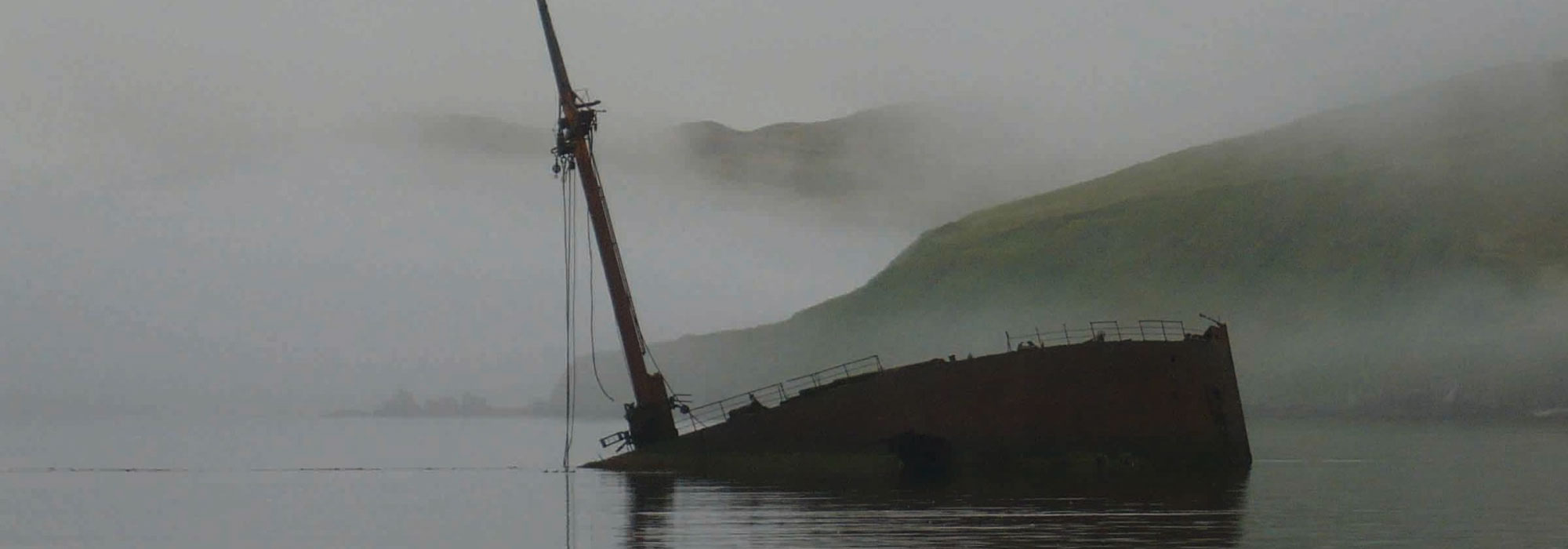 (Brendan Coyle)
(Brendan Coyle) -
Artifacts July/August 2021
Egyptian Copper Tools
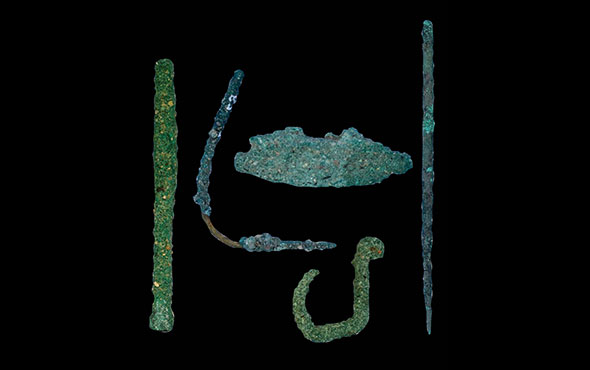 (Courtesy Martin Odler and Jiří Kmošek, Czech Institute of Egyptology, Faculty of Arts, Charles University)
(Courtesy Martin Odler and Jiří Kmošek, Czech Institute of Egyptology, Faculty of Arts, Charles University) -
Digs & Discoveries July/August 2021
A Challenging World
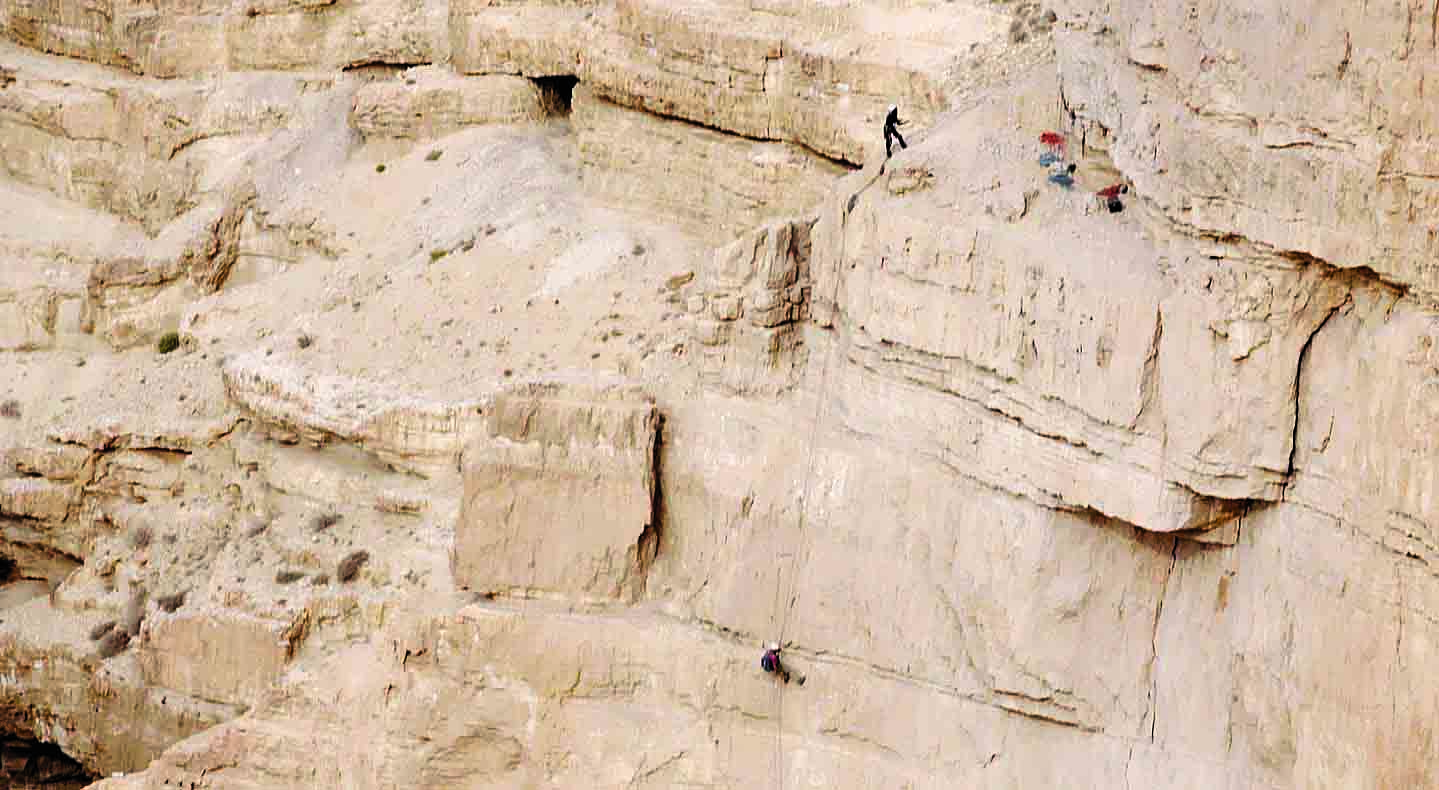 (Courtesy Yoli Schwartz/Israel Antiquities Authority)
(Courtesy Yoli Schwartz/Israel Antiquities Authority)


